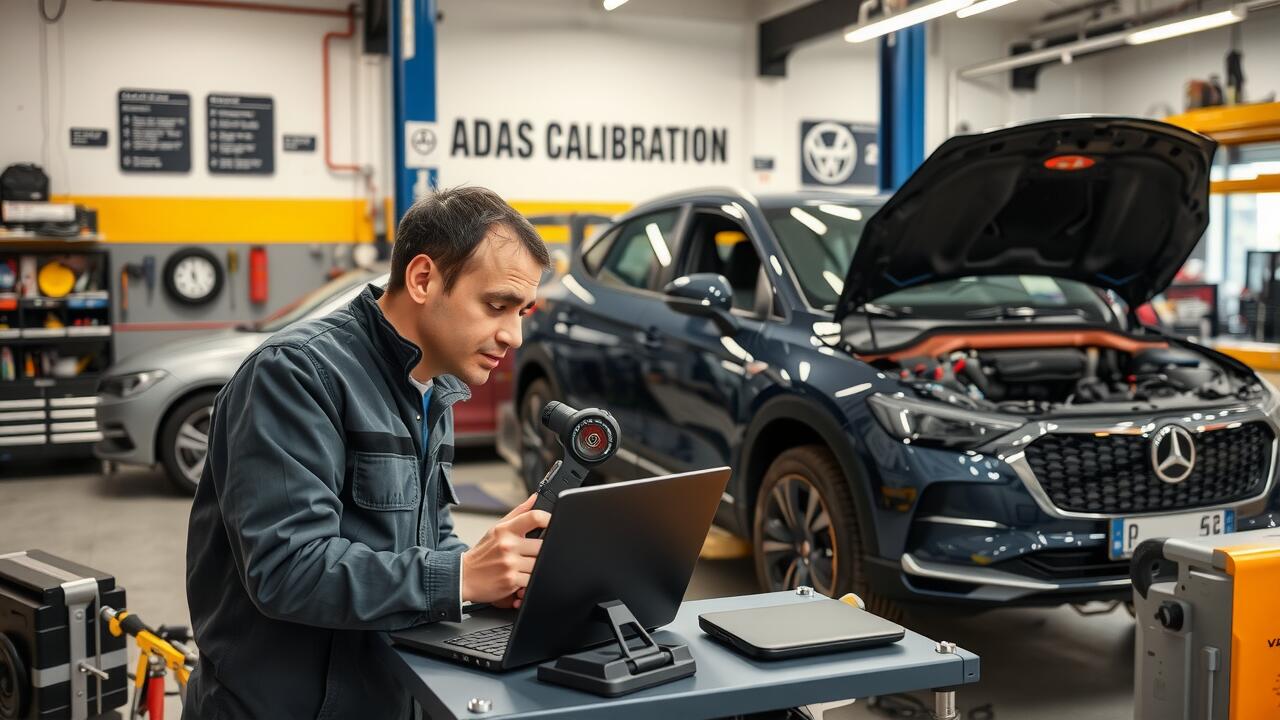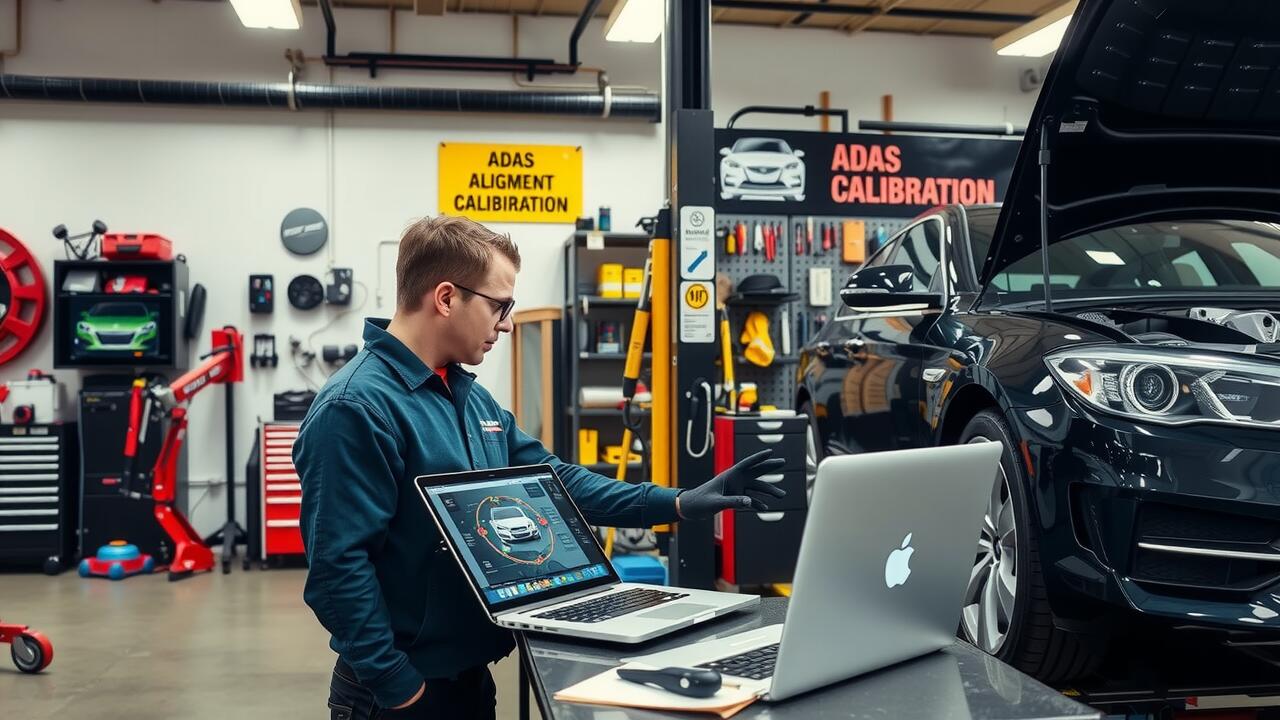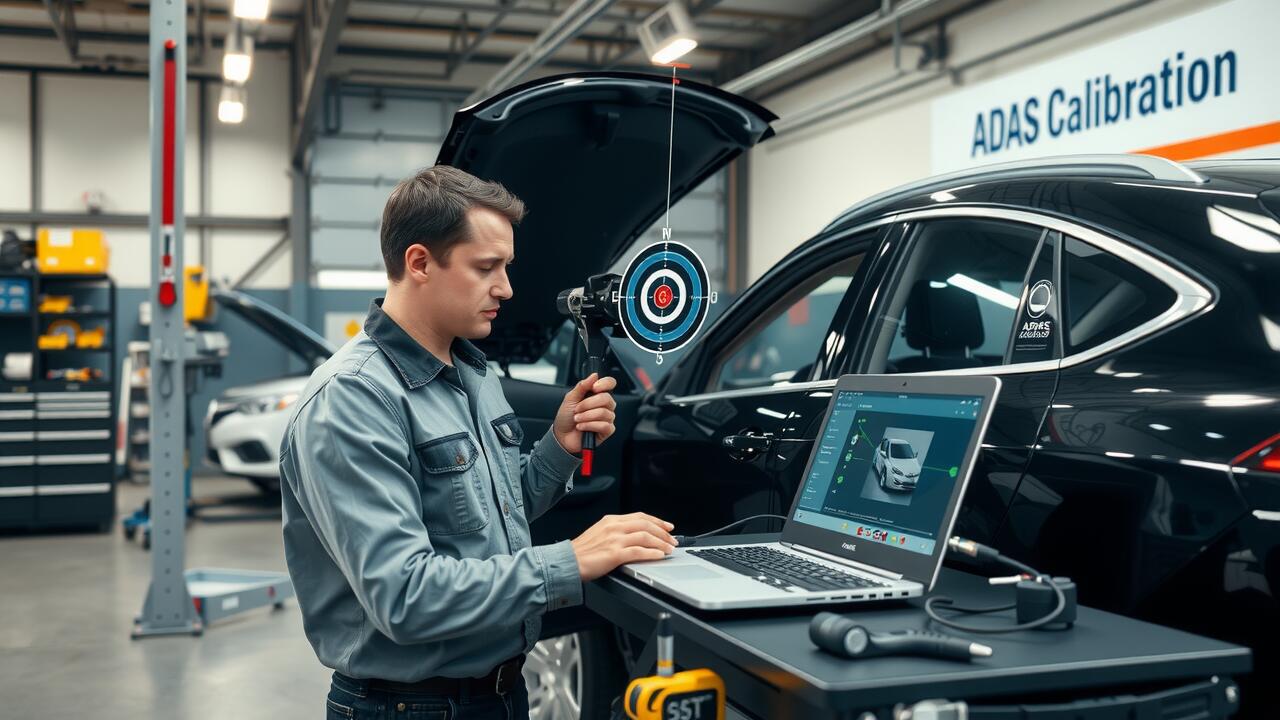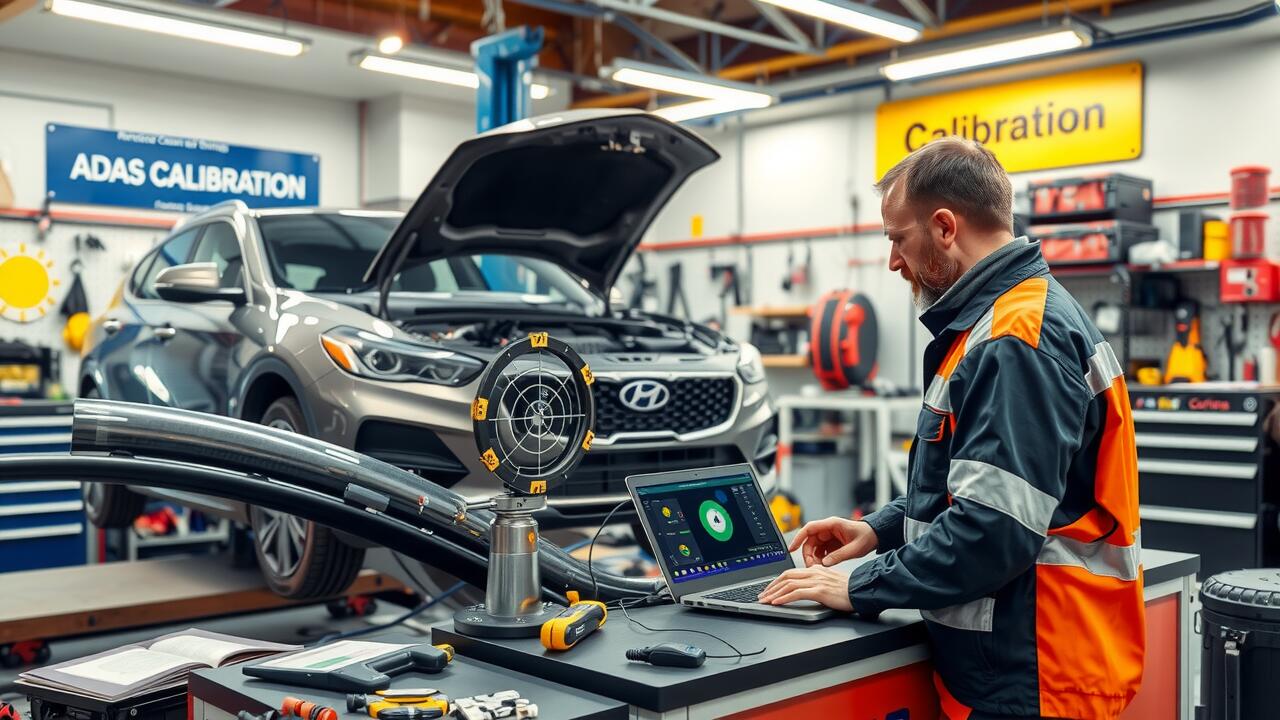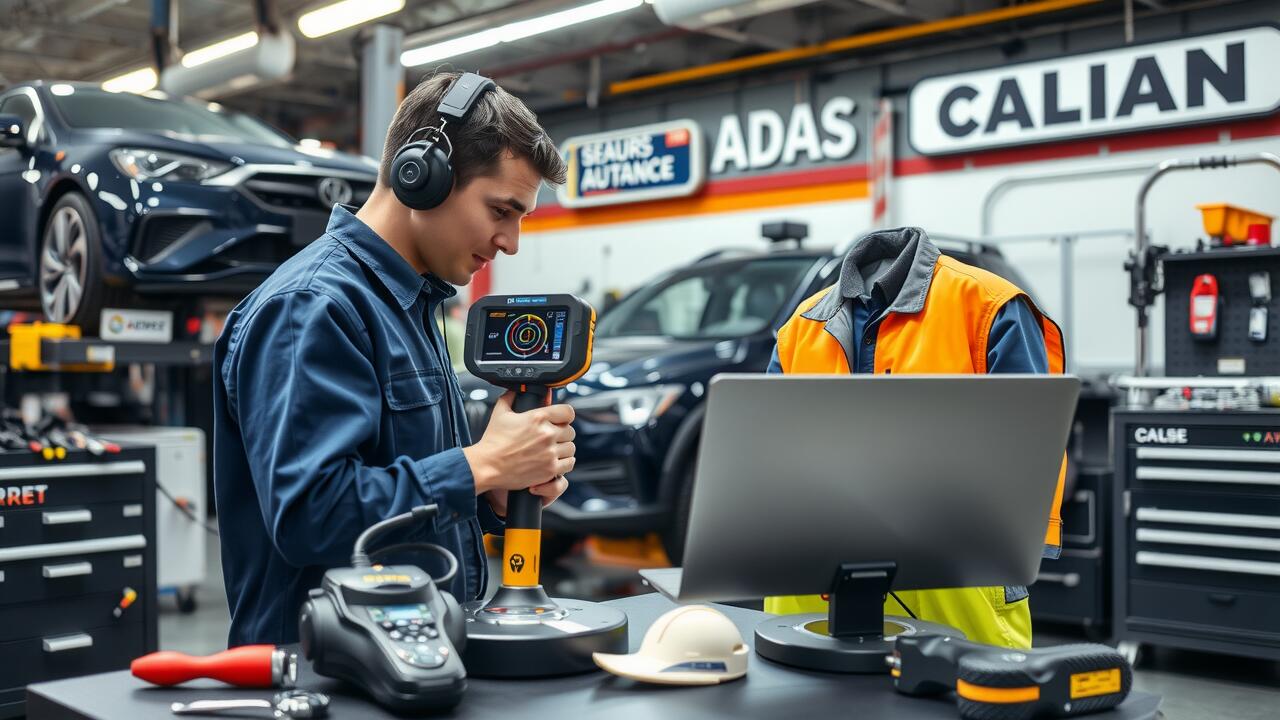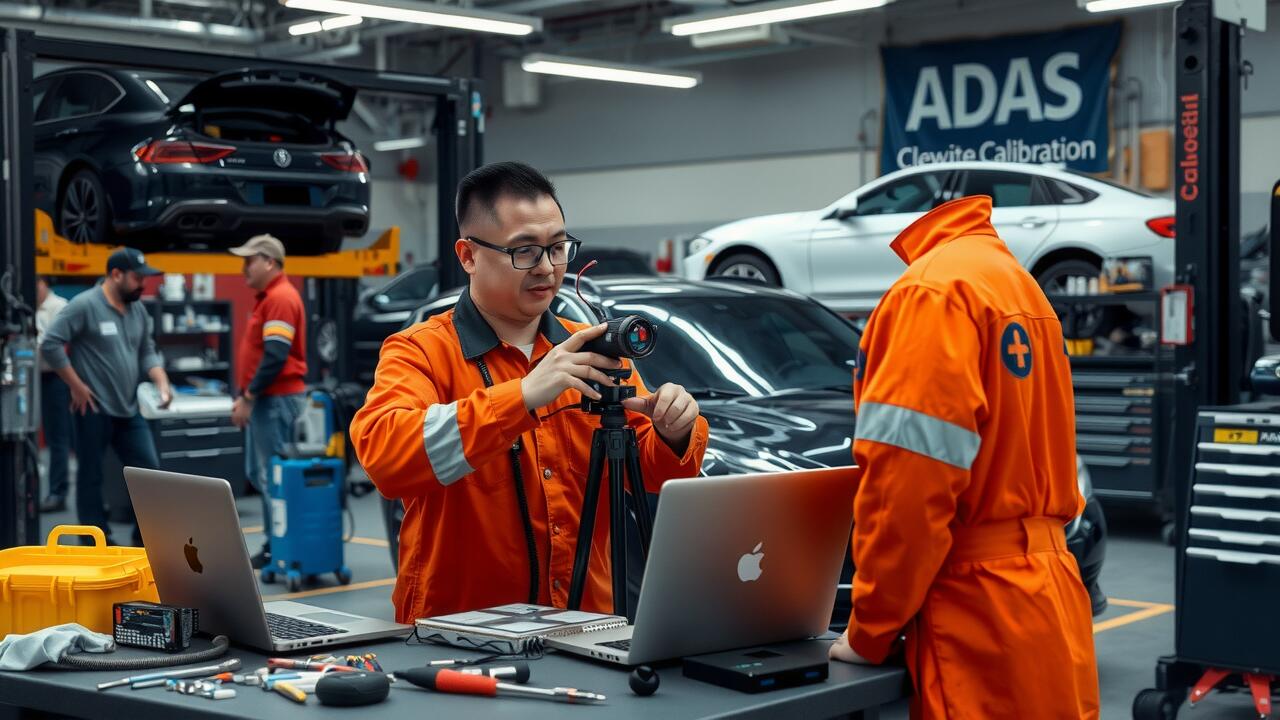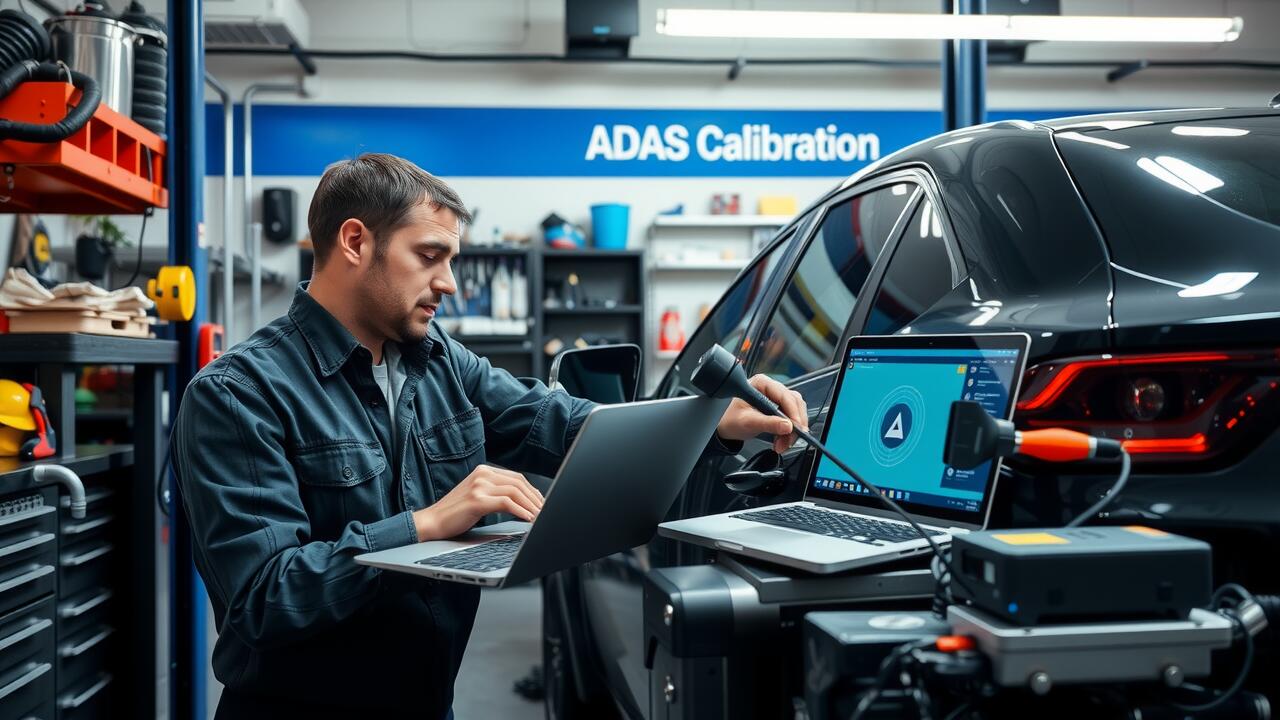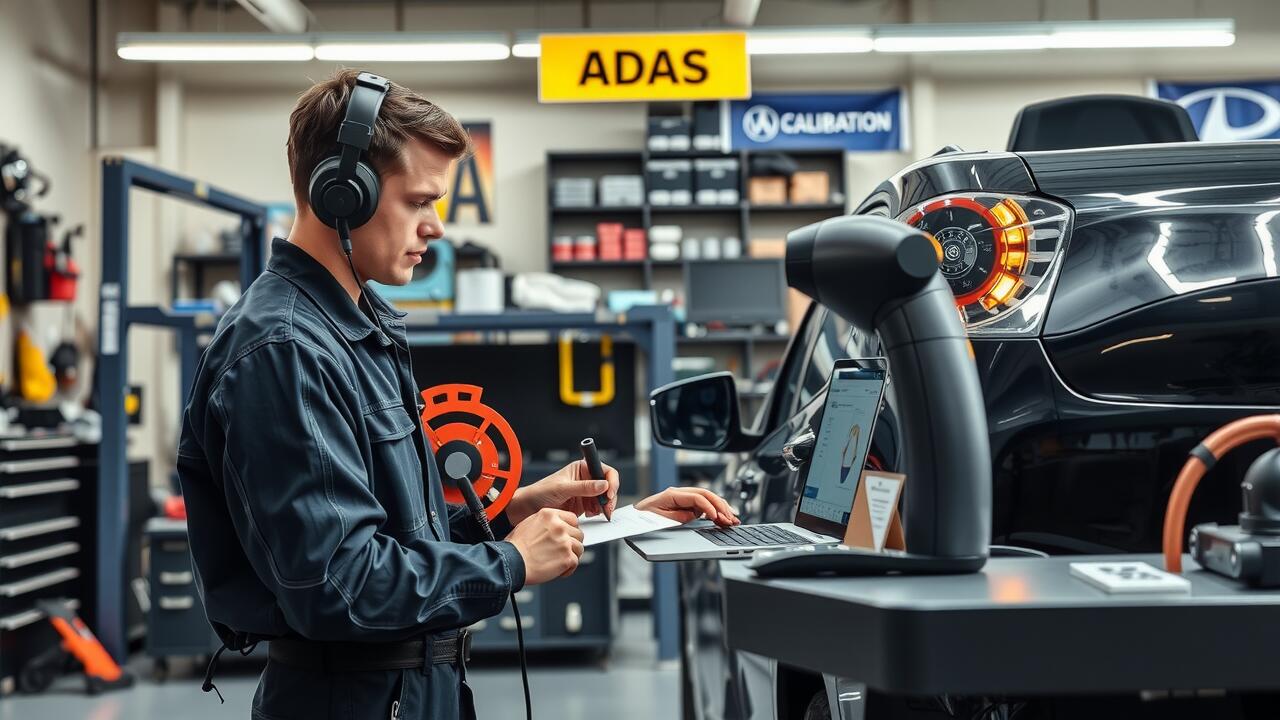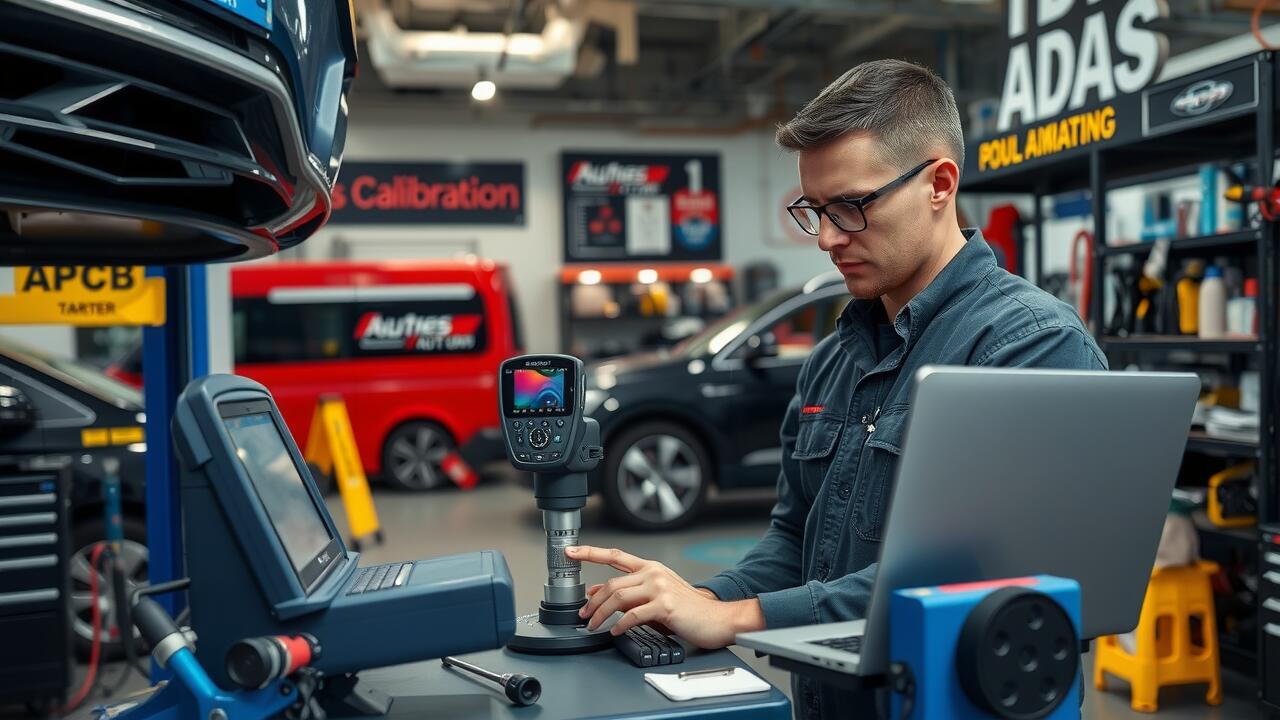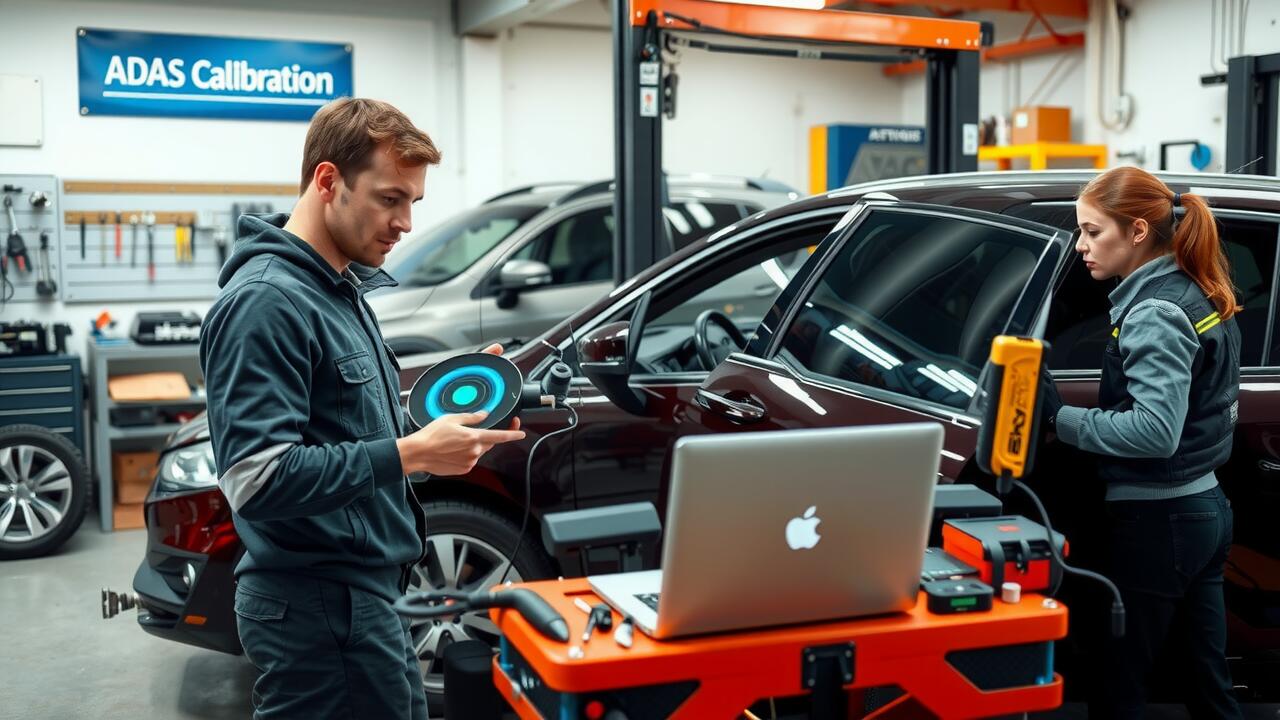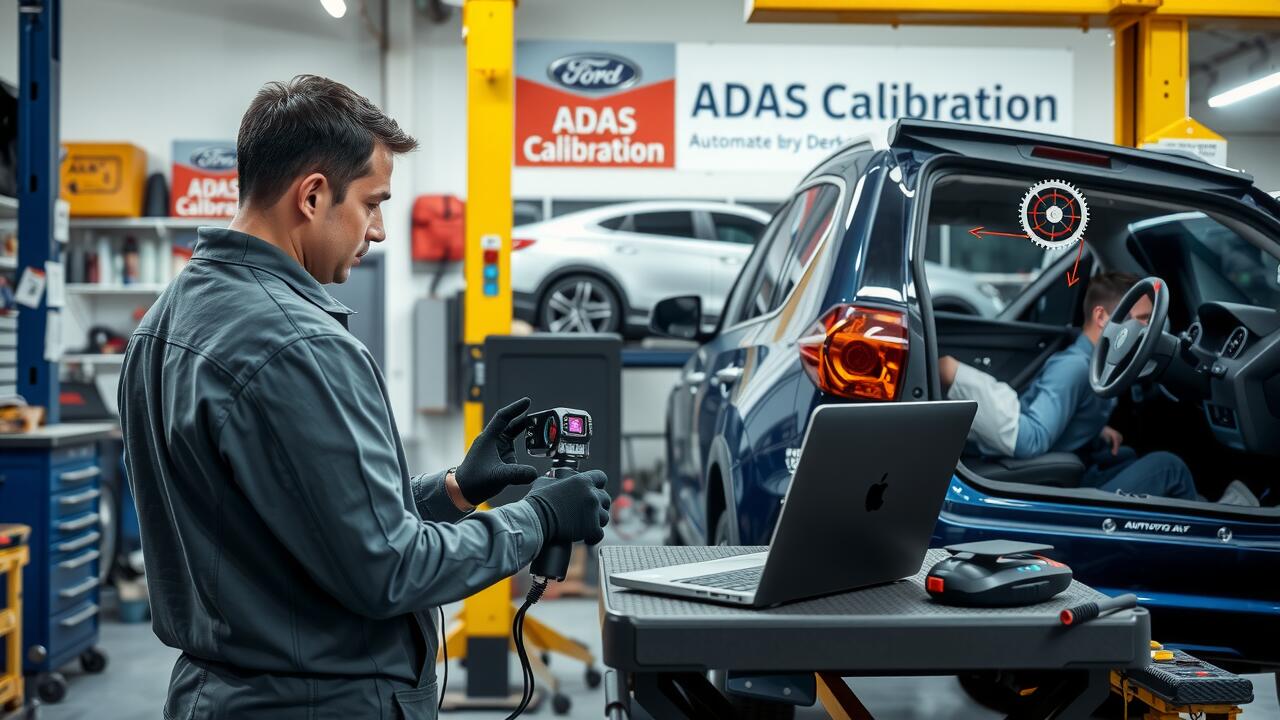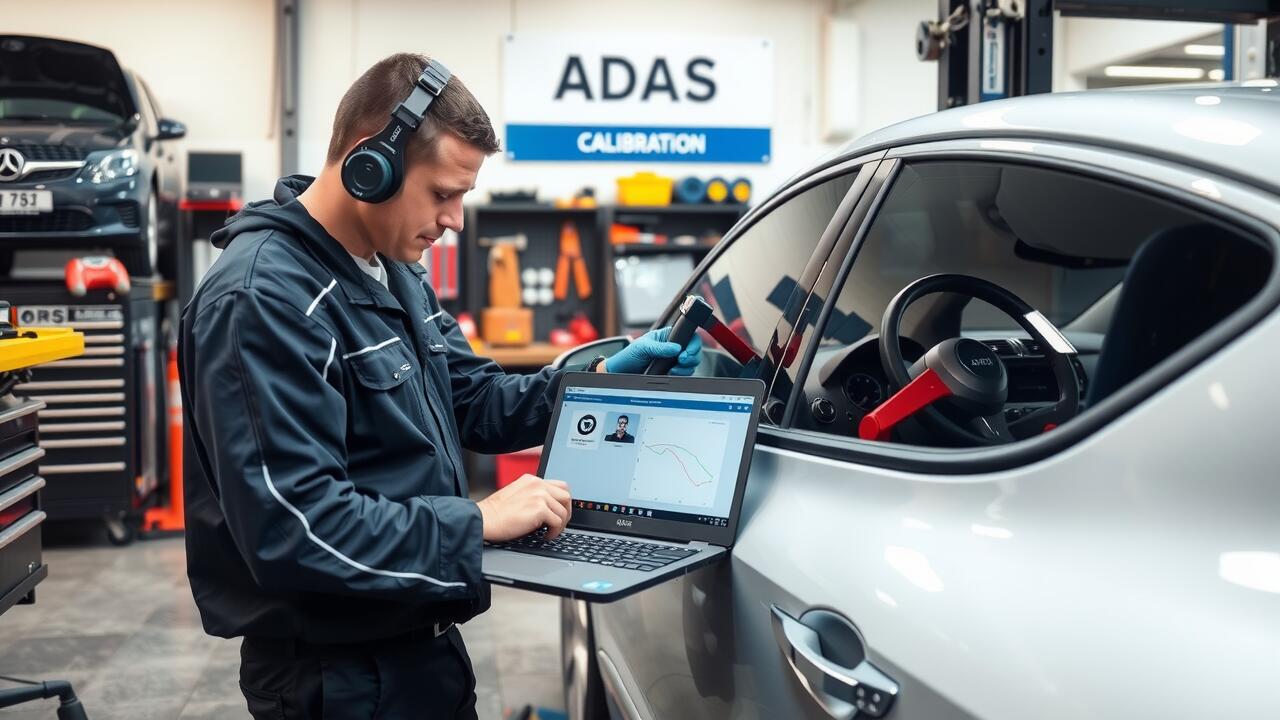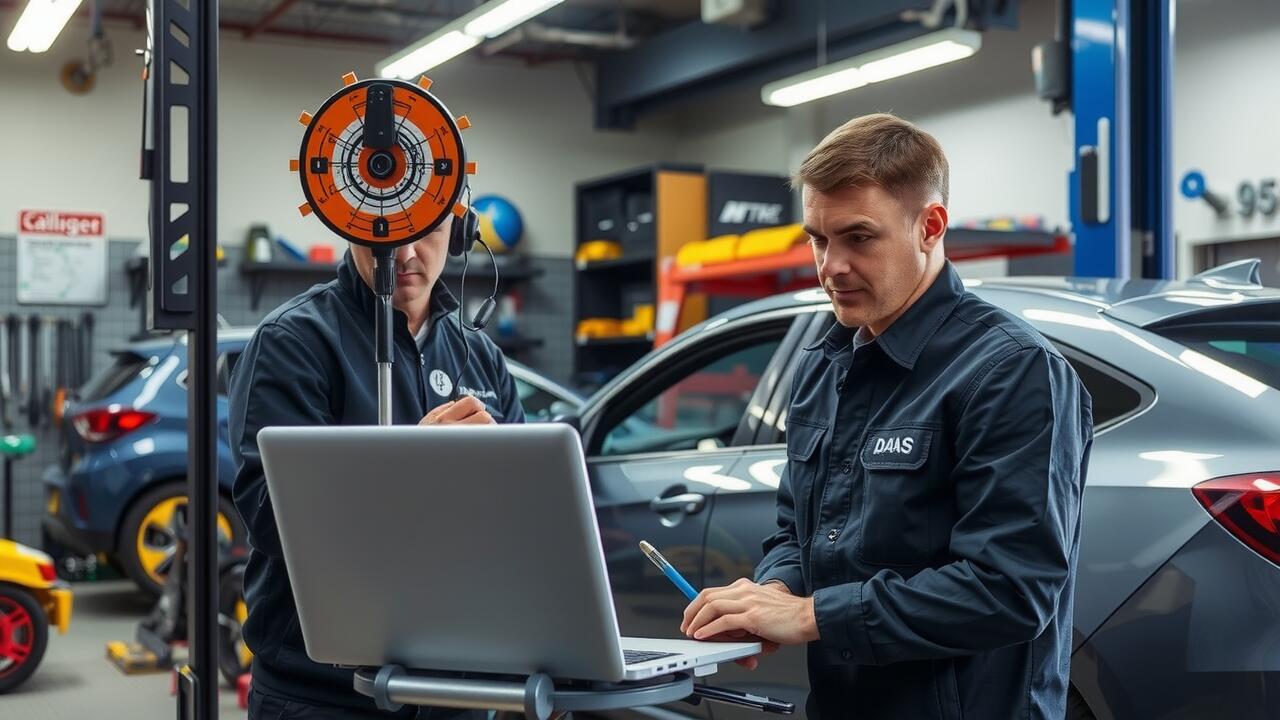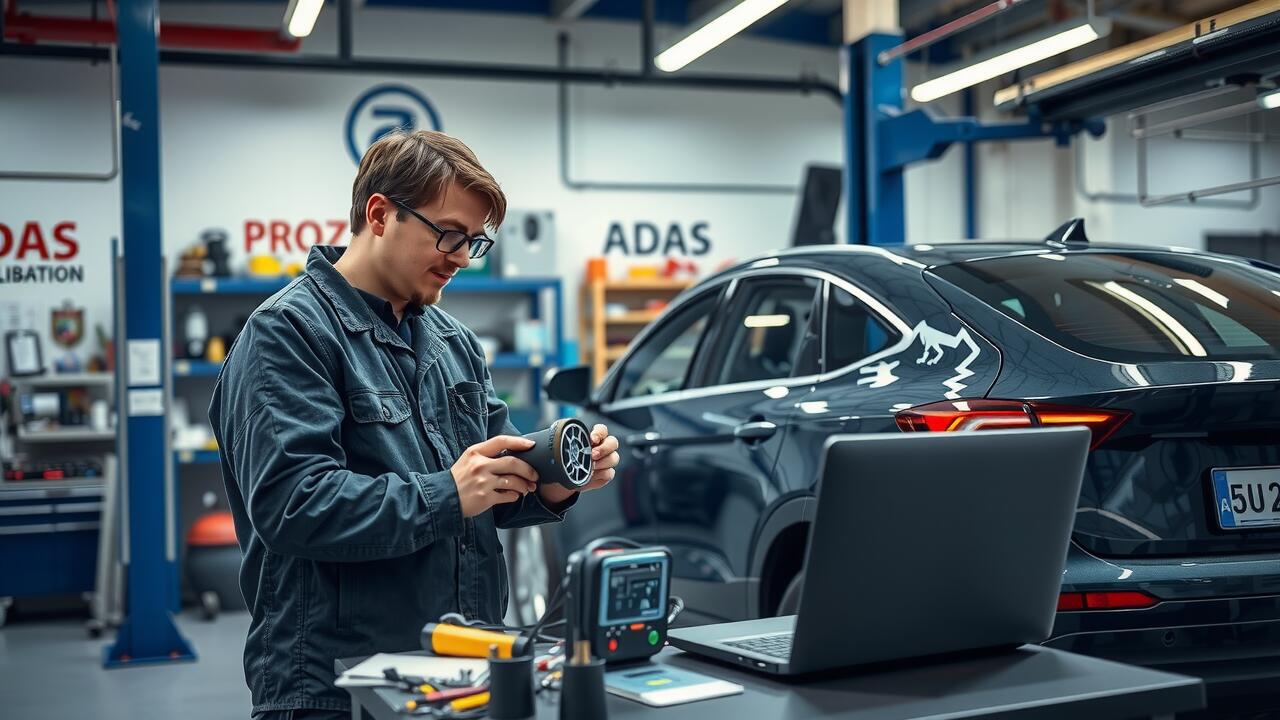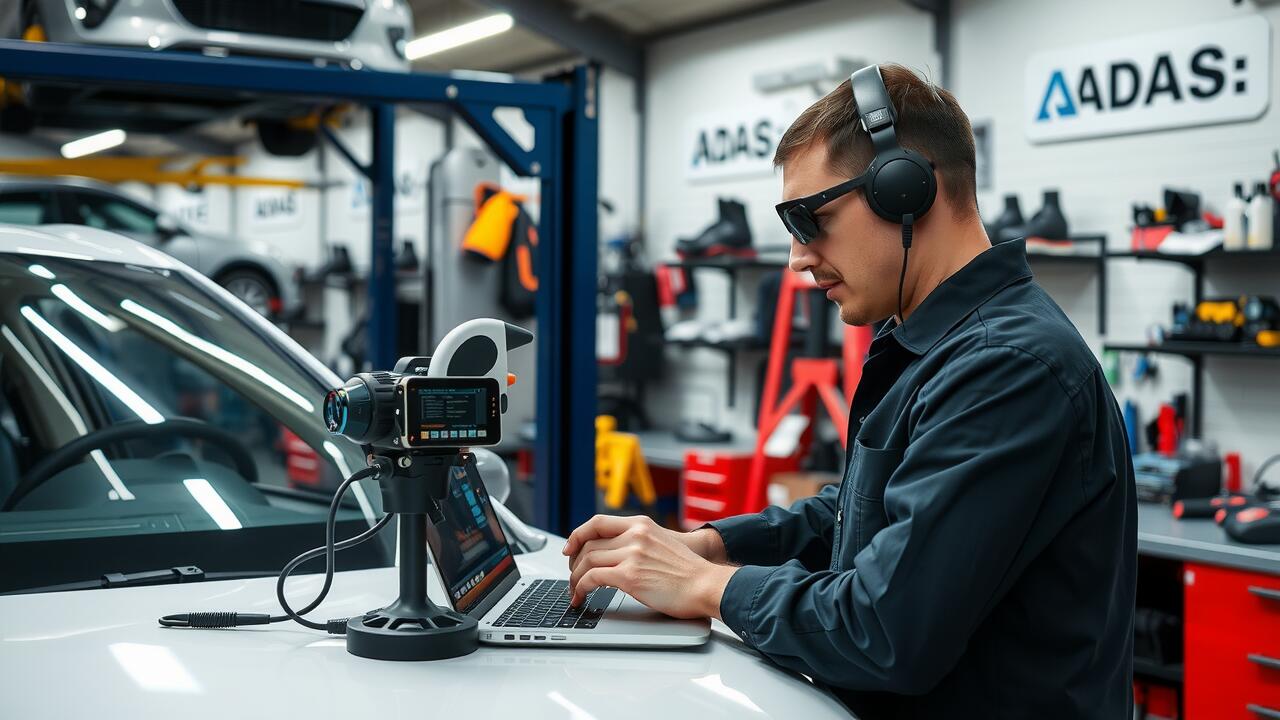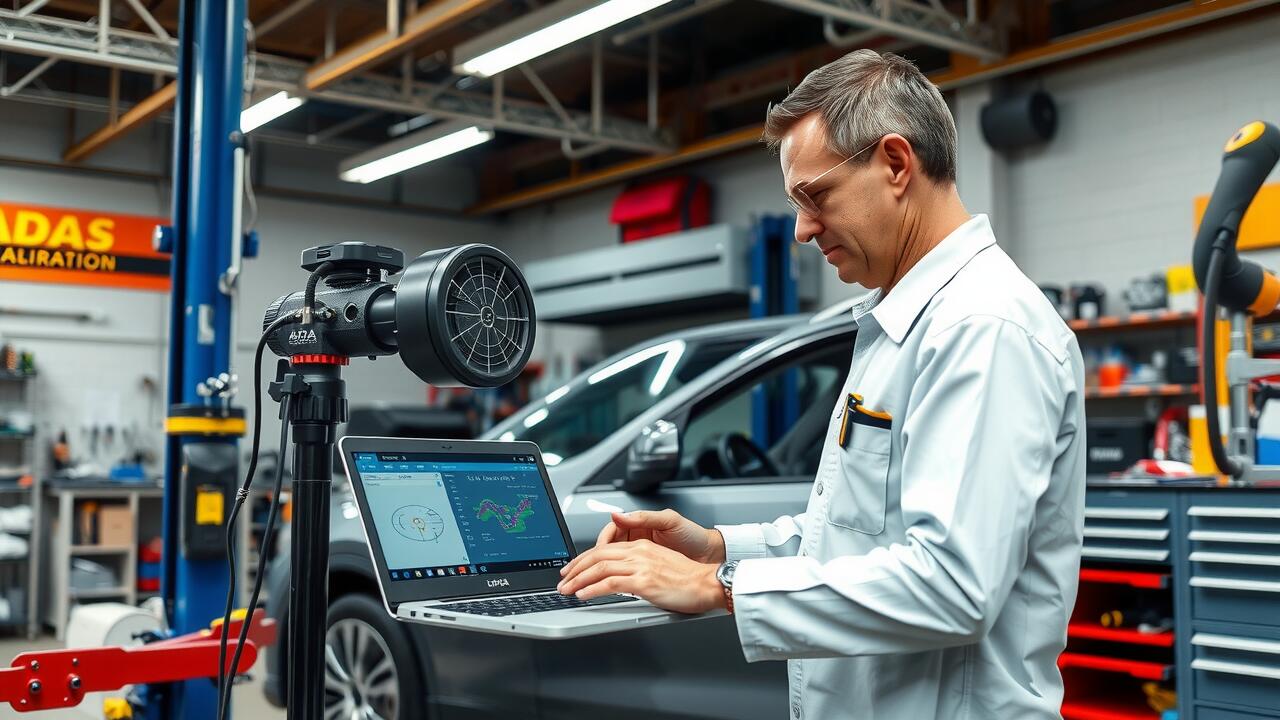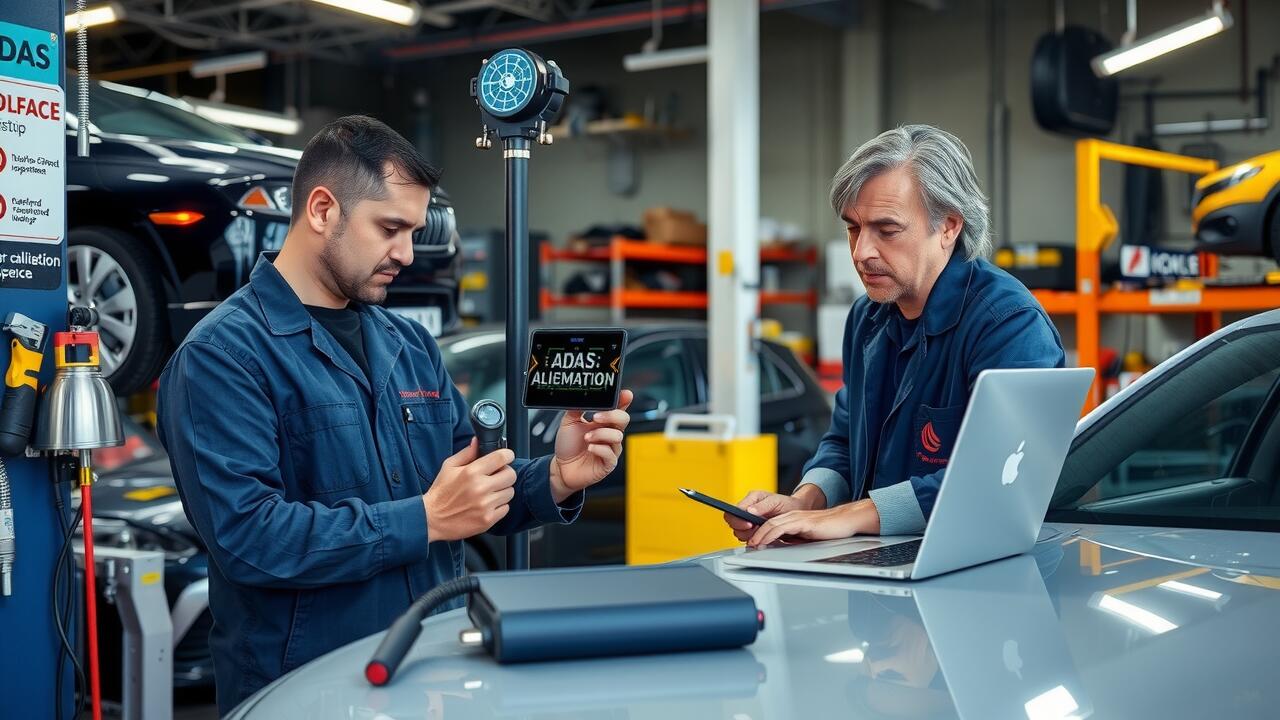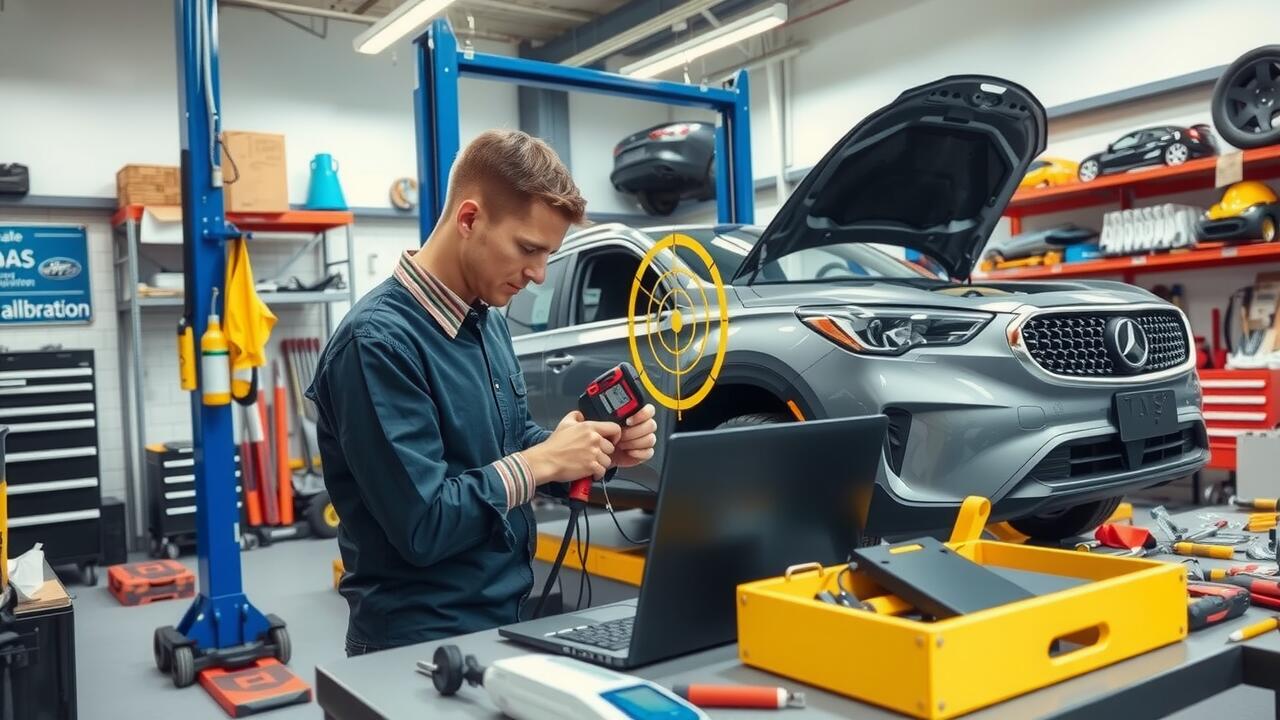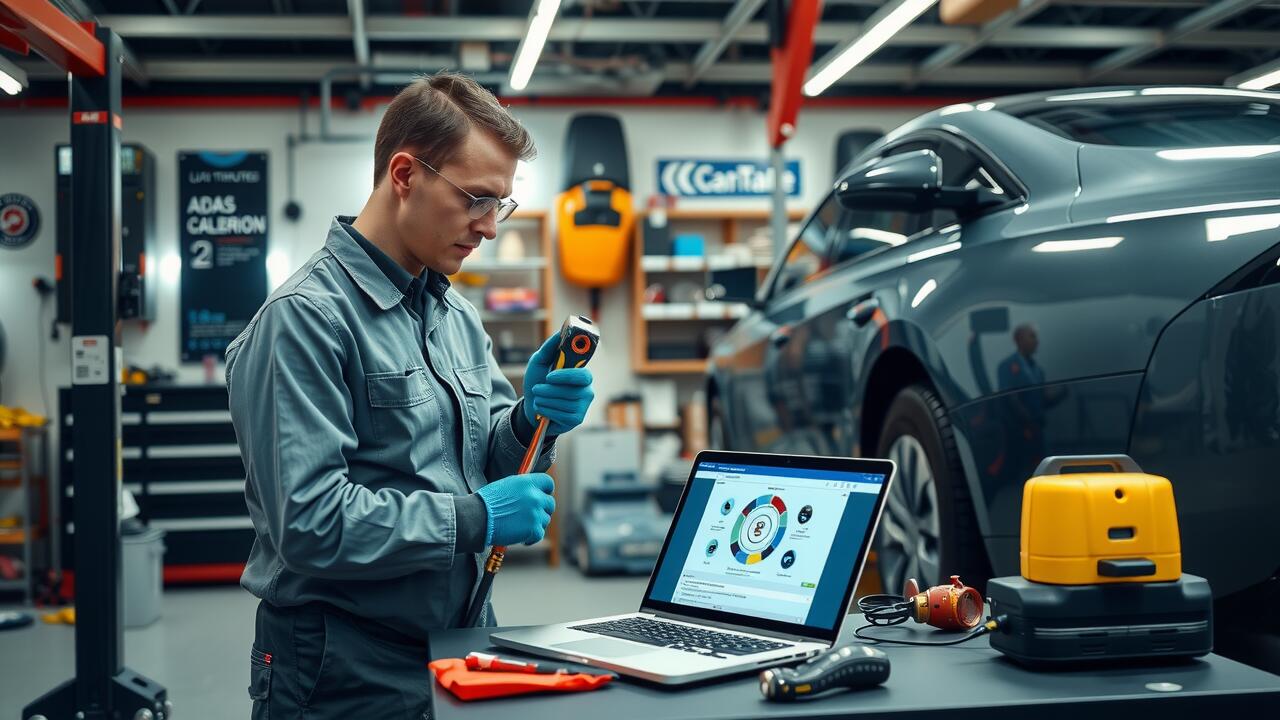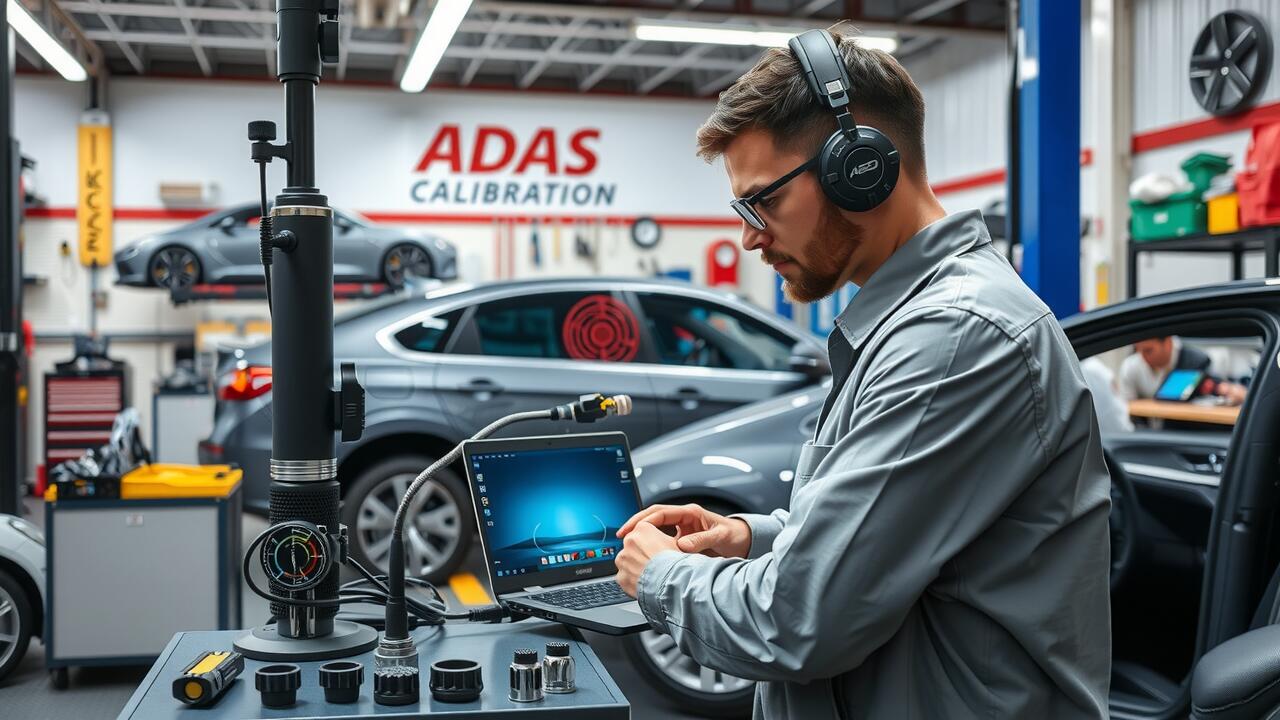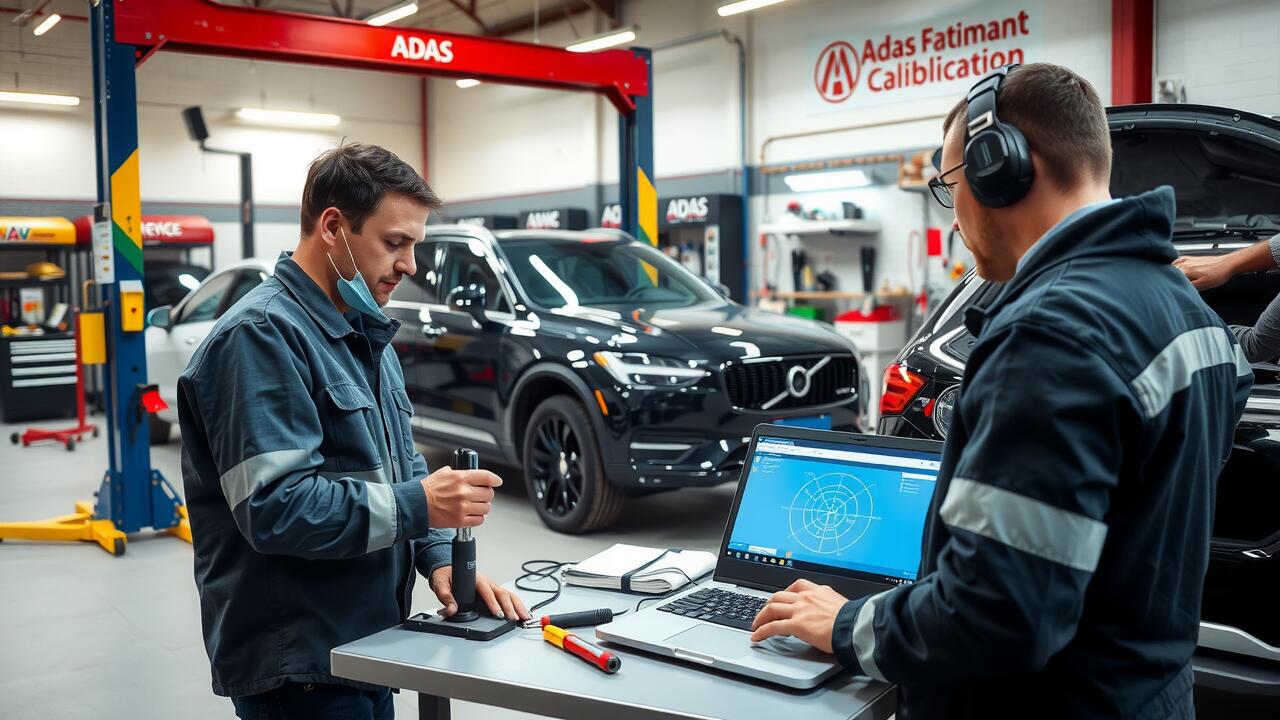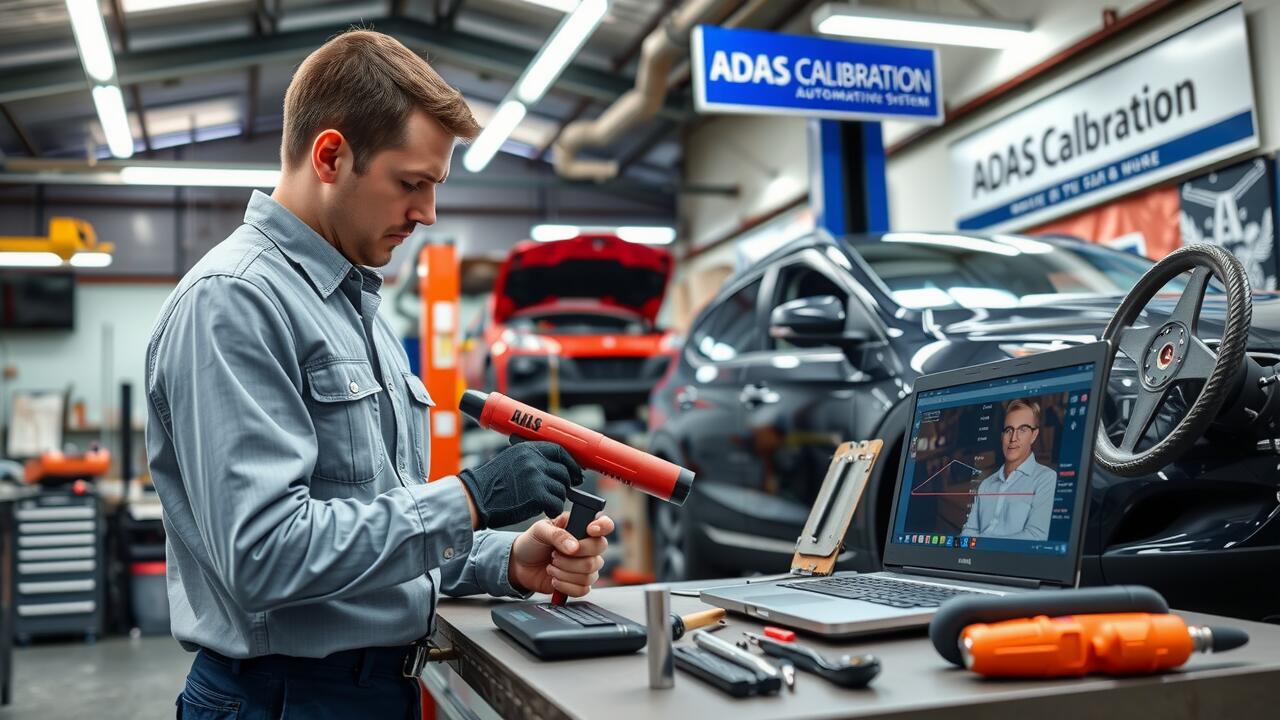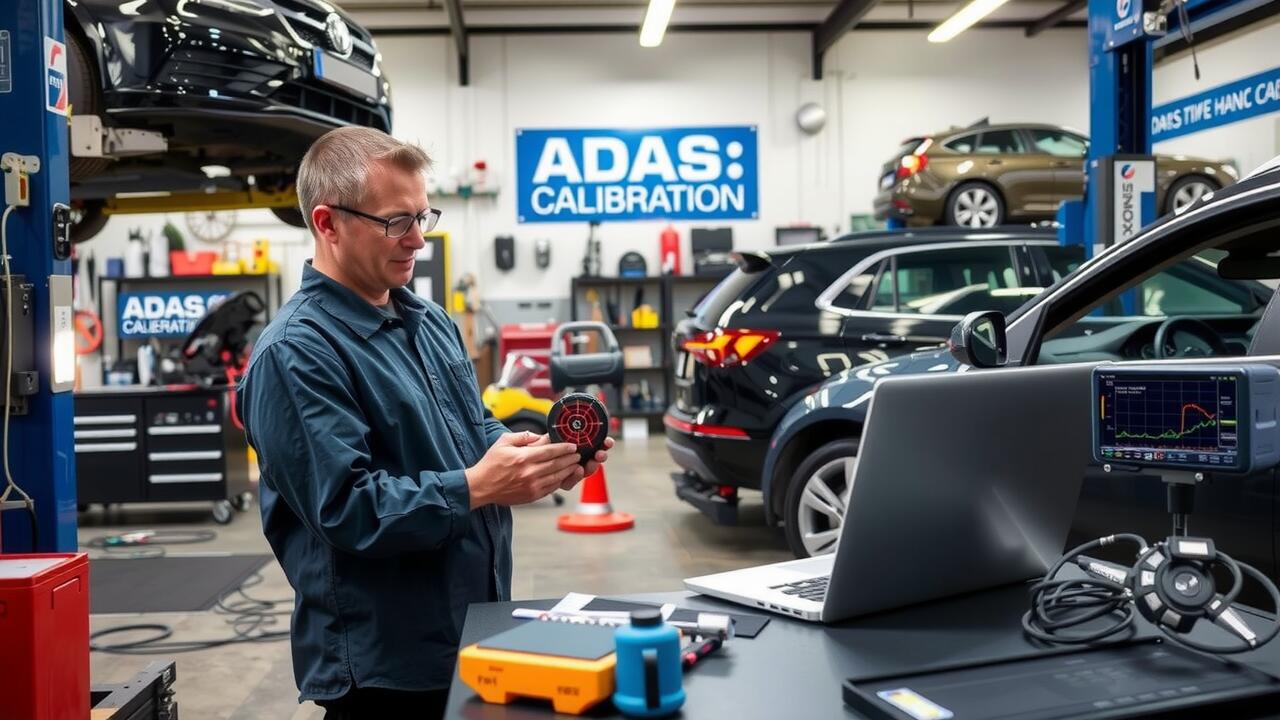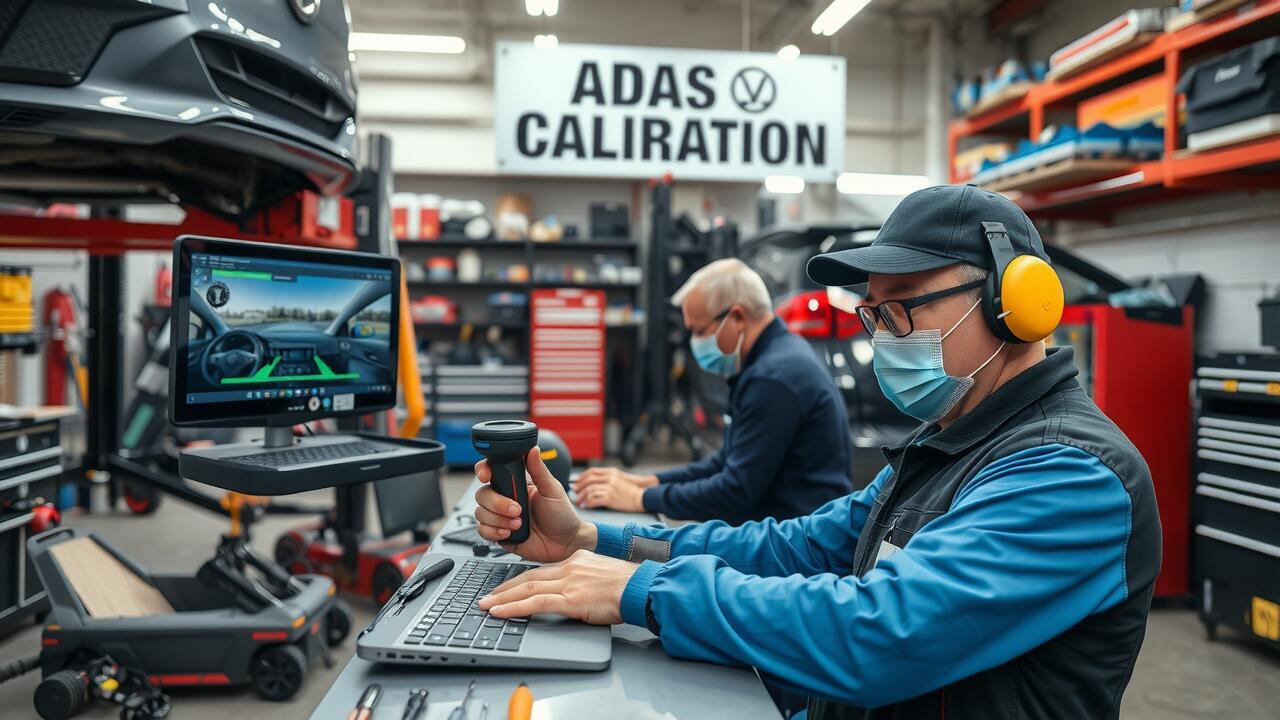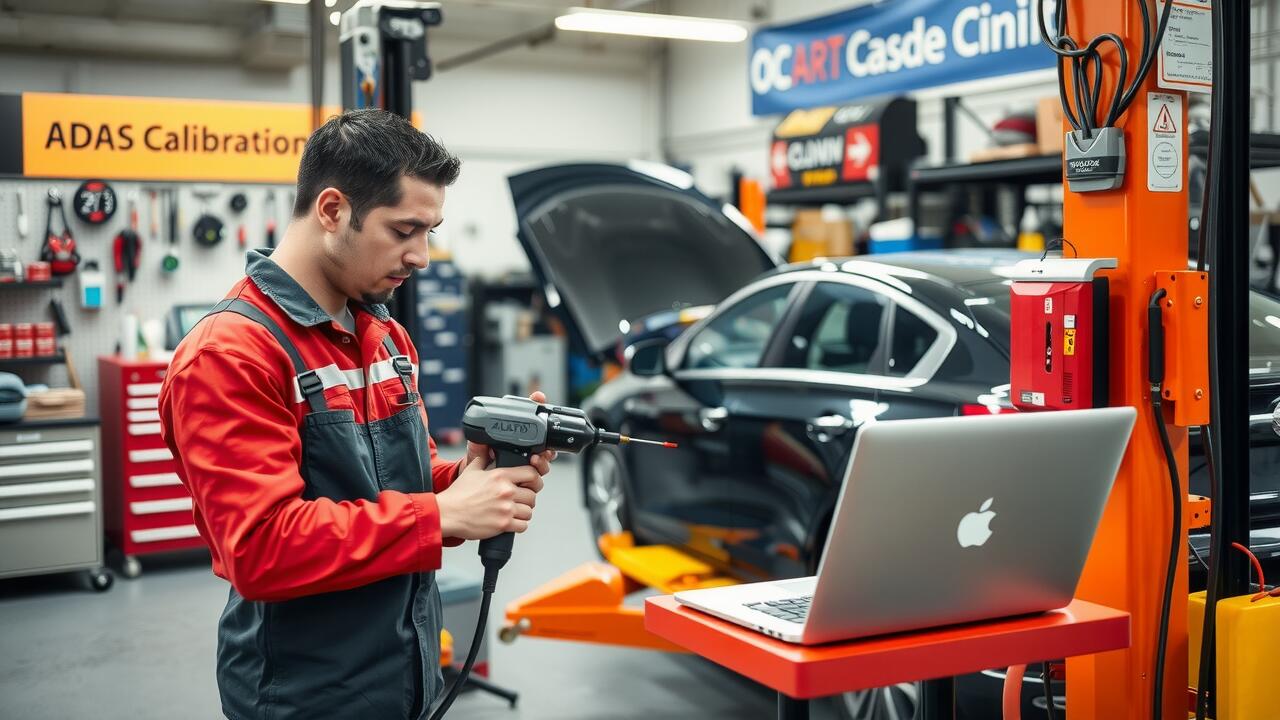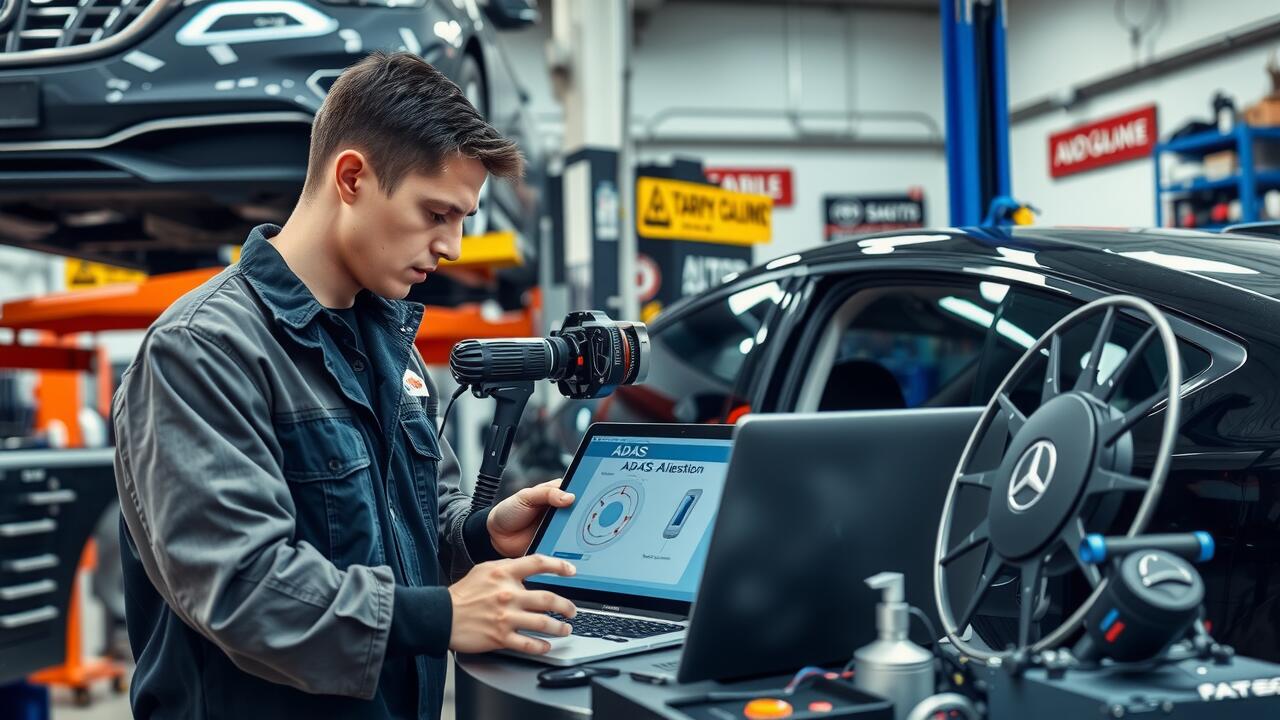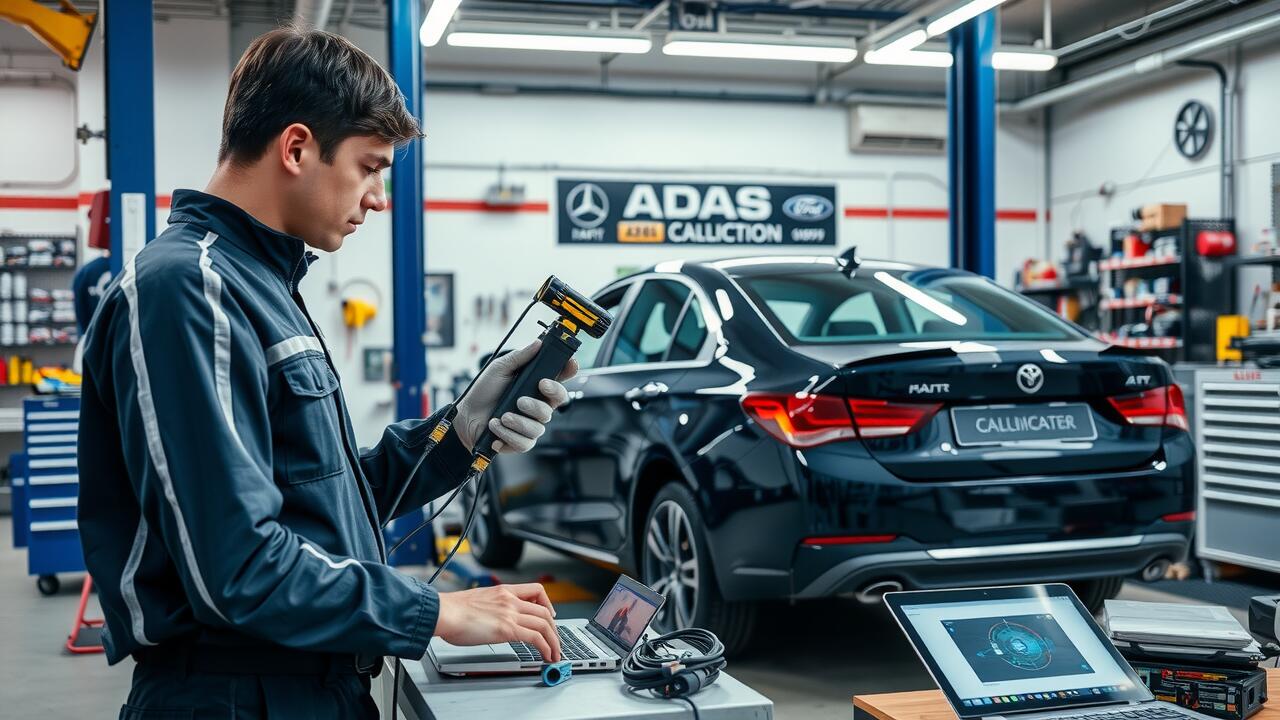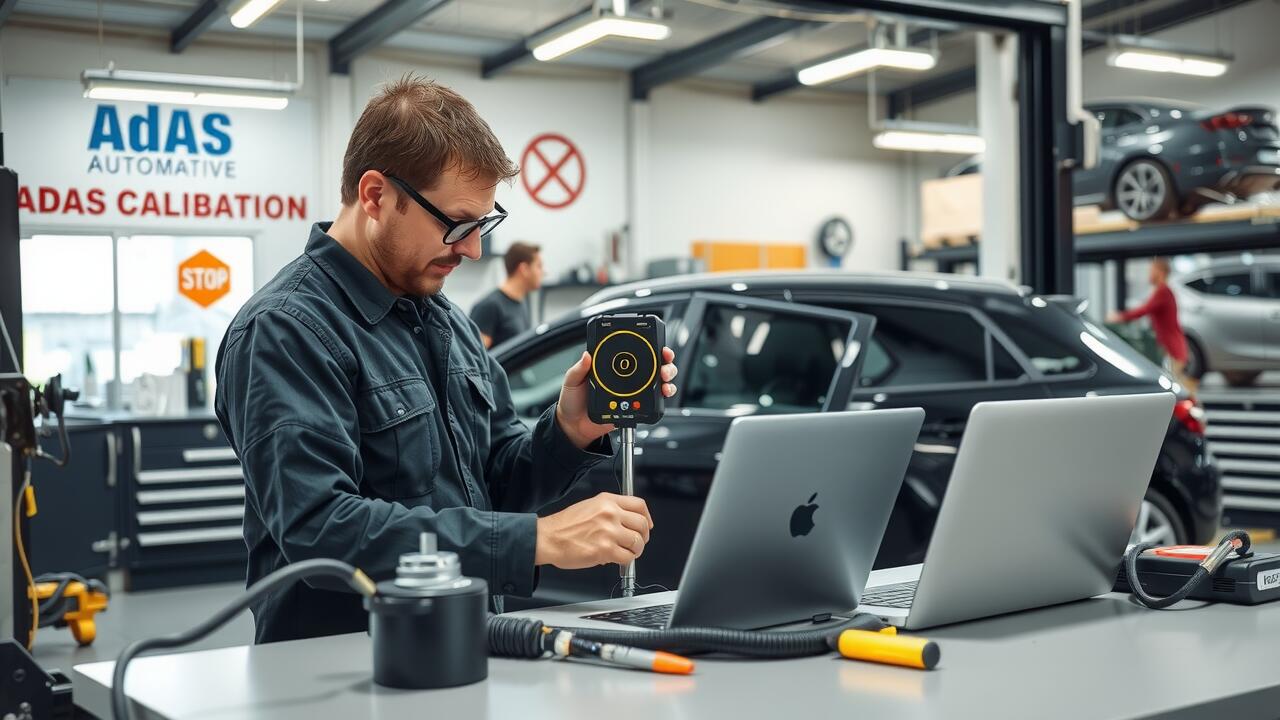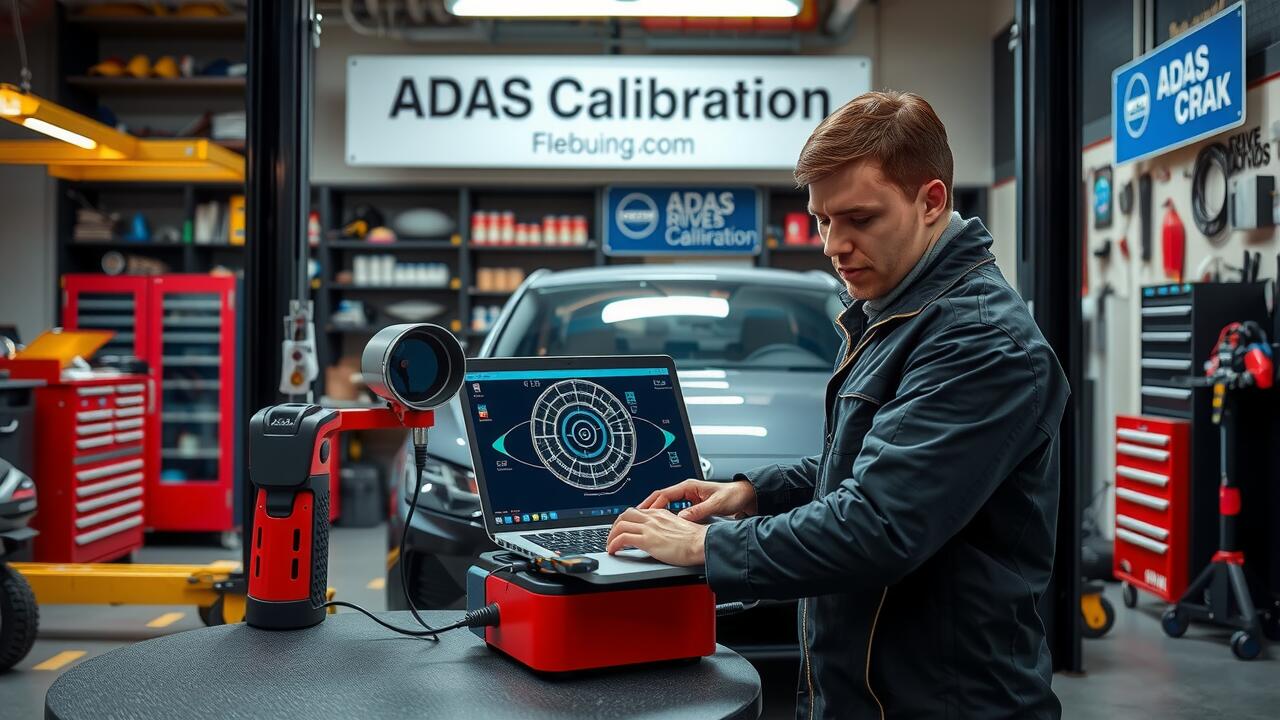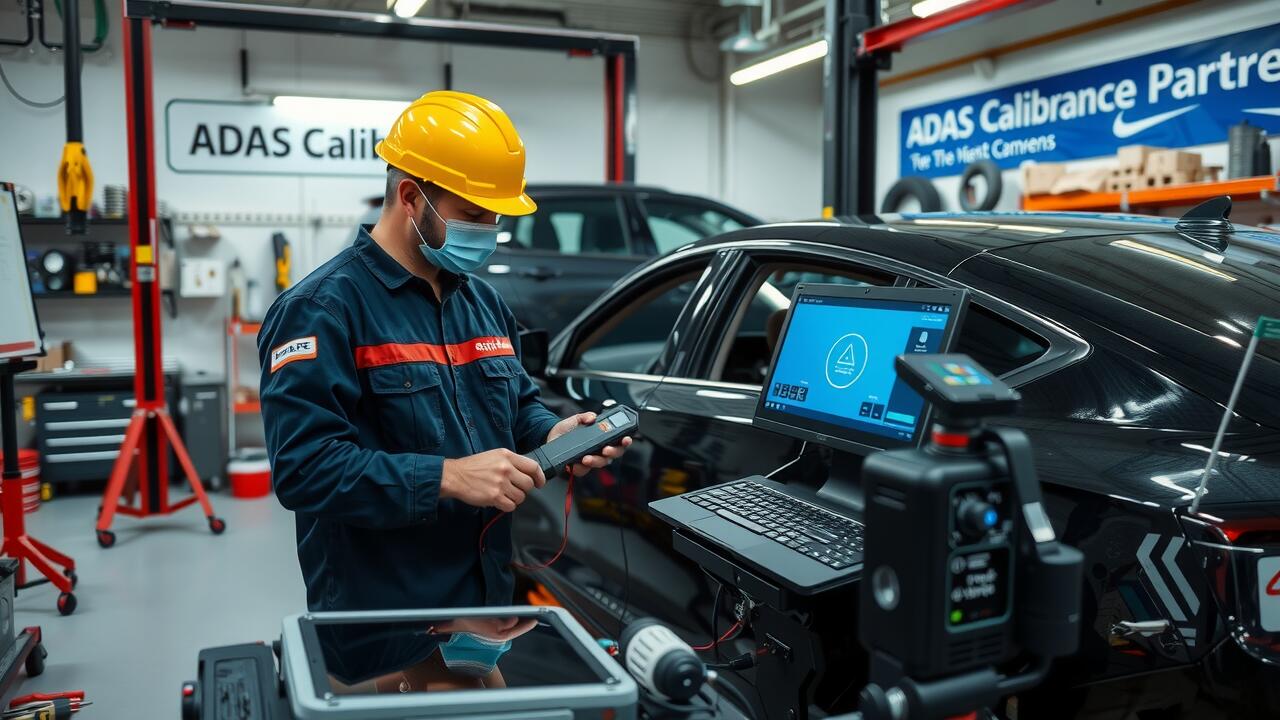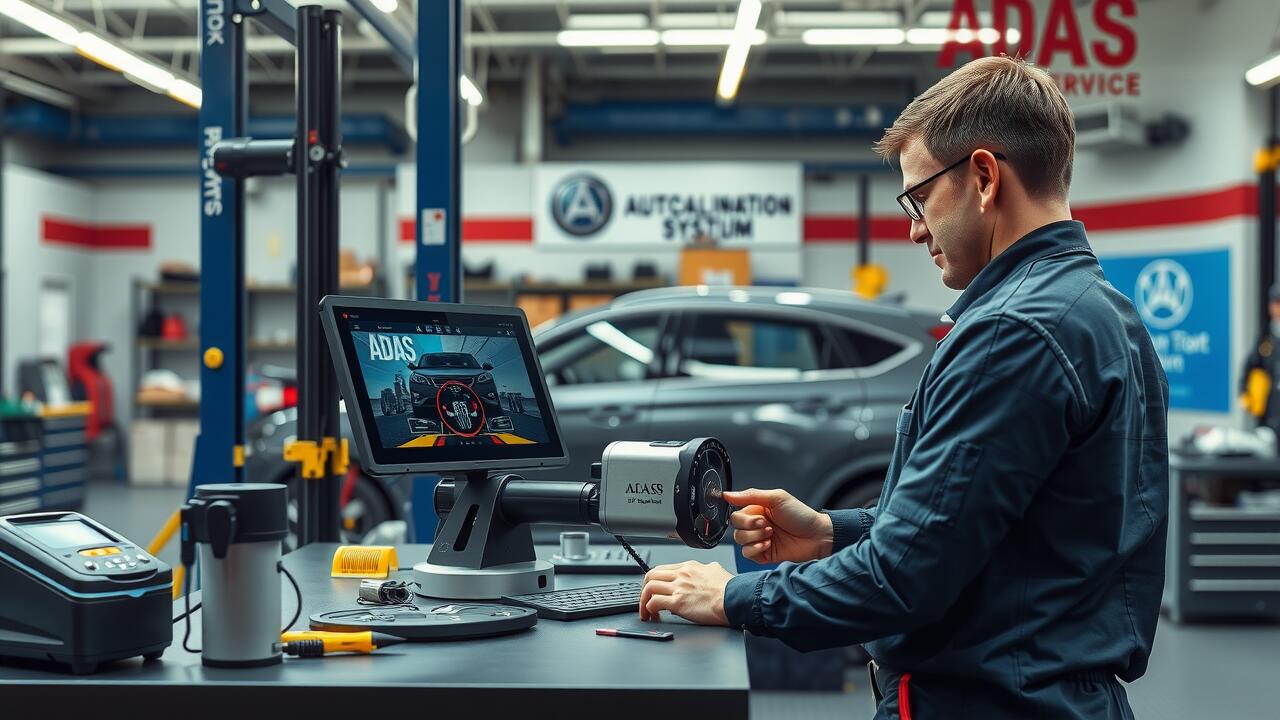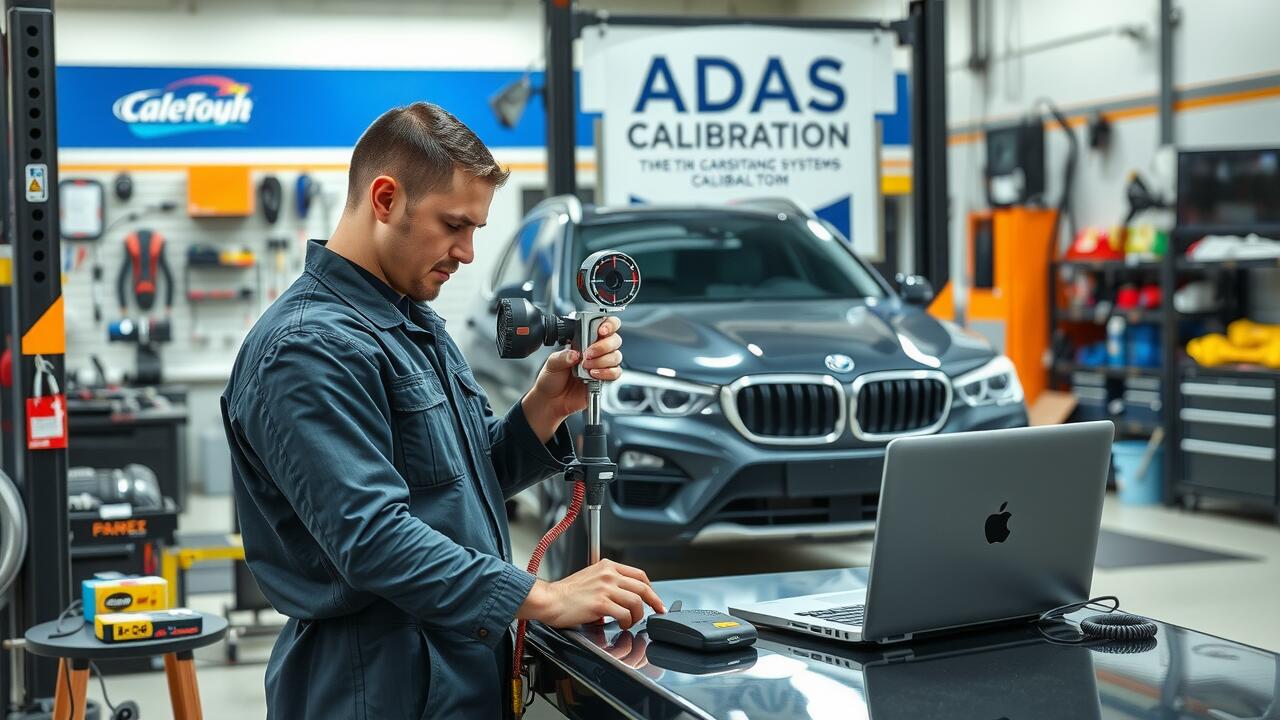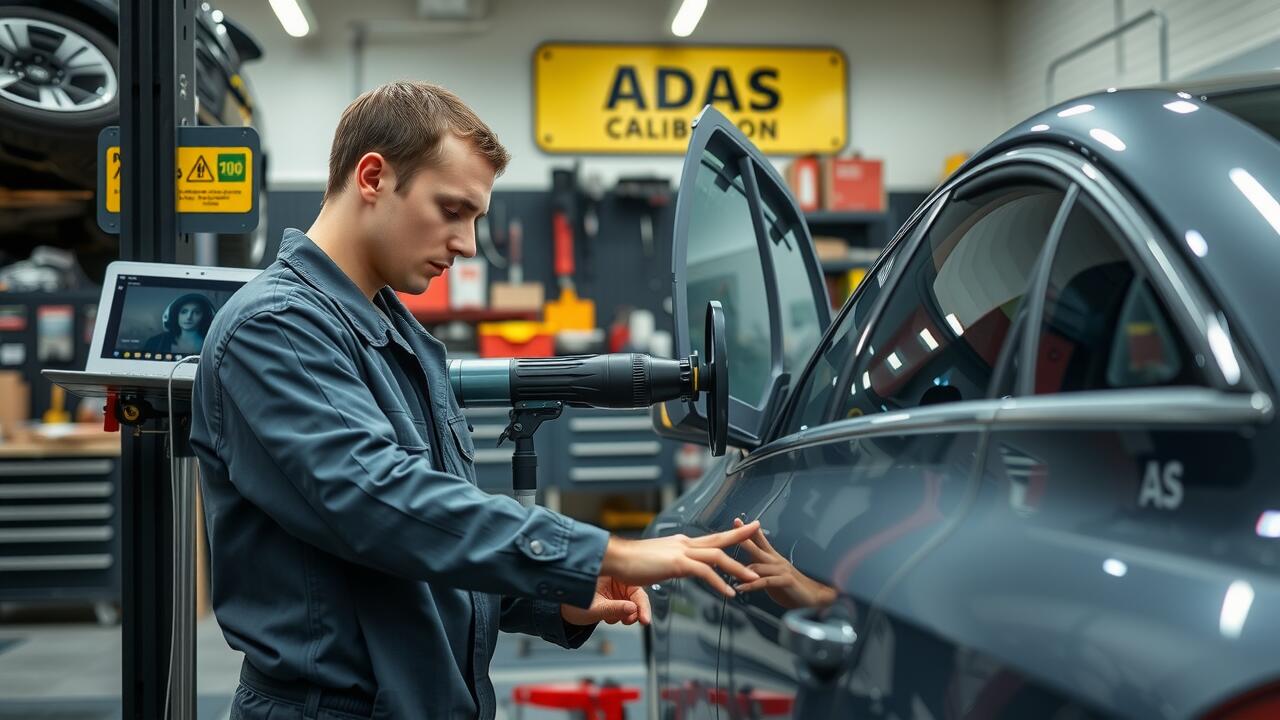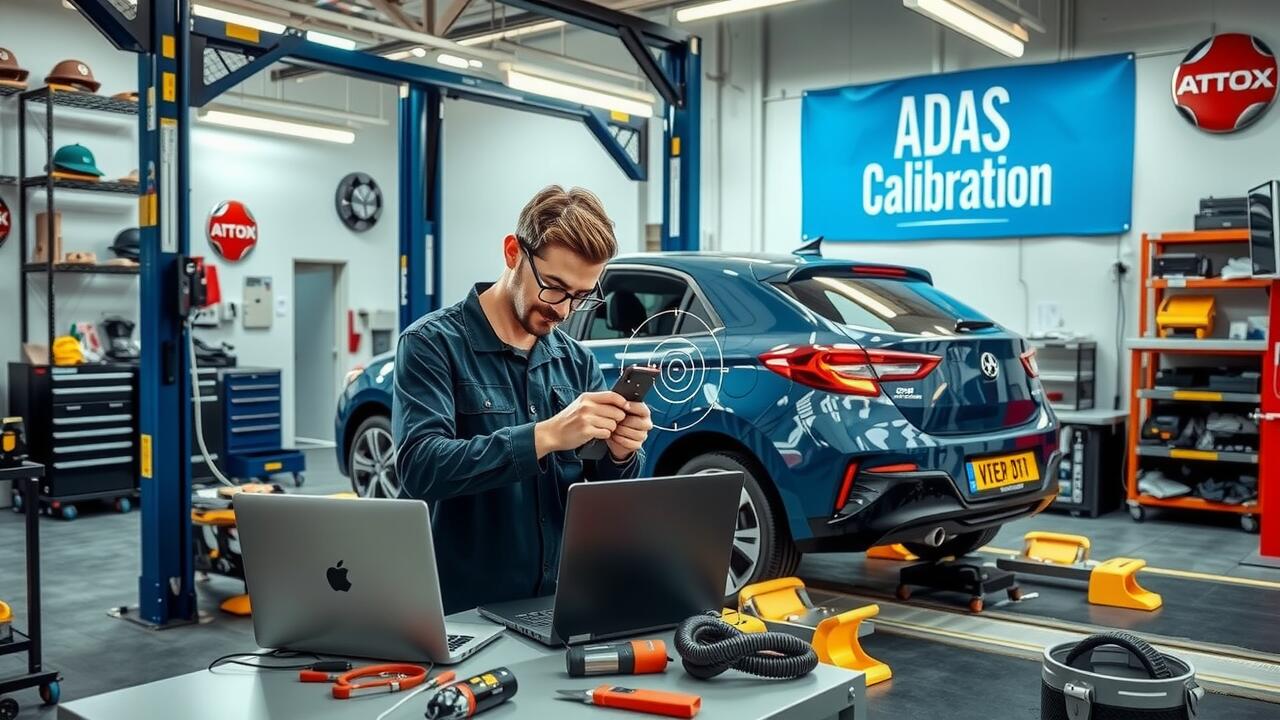
Table Of Contents
Identifying ADAS Sensors and Cameras
ADAS relies on a network of sensors and cameras strategically placed around the vehicle to function effectively. These components can include radar sensors, ultrasonic sensors, and cameras, each of which plays a crucial role in various safety features such as lane-keeping assistance, adaptive cruise control, and automatic emergency braking. To successfully identify these parts, it is important to familiarise oneself with the specific features of your car model since their placements may vary.
Performing ADAS calibration is typically required after any maintenance or repairs that may affect the sensors or cameras. This calibration ensures that all systems operate accurately and that the safety features provide proper functionality. If you notice any discrepancies in how your vehicle responds to these features, it may indicate that the sensors need checking or recalibrating. Understanding these aspects can help in identifying whether your car has an ADAS and in maintaining its effectiveness.
Common Locations of ADAS Components
ADAS components can typically be found in several strategic locations around a vehicle. Cameras are commonly mounted near the rearview mirror, providing a clear view of the road ahead. Radar sensors are often integrated into the front bumper or grille, enabling effective distance measurement for adaptive cruise control systems. Additionally, certain vehicles may house ultrasonic sensors in the front and rear bumpers, which assist in parking assistance features.
When conducting ADAS calibration, it is essential to ensure these components are not obstructed. Dirt, debris, or misalignment can greatly affect their performance. Regular inspections of these areas help maintain the functionality of the systems. Understanding where these components are located allows vehicle owners to take better care of their advanced safety features.
Conducting a Visual Inspection
Conducting a visual inspection of your vehicle can help you identify the presence of Advanced Driver Assistance Systems (ADAS). Begin by examining the exterior for specific sensors and cameras. Look for components mounted on the front grille, rear bumper, and side mirrors. These areas often house devices crucial for features like adaptive cruise control, lane-keeping assistance, and collision detection. Ensure nothing obstructs these sensors, as misalignment may affect their functionality.
Check the interior dashboard for warning lights or icons related to ADAS systems. Your vehicle's manual can offer insights into the meaning of these indicators. If you notice any irregularities, consider the need for ADAS calibration. Calibration ensures that the sensors and cameras are accurately aligned and functioning optimally. By confirming the systems' integrity through visual inspection, you can better understand your car's technological capabilities.
What to Look for When Inspecting Your Vehicle
When inspecting your vehicle for ADAS features, start by checking for any external sensors or cameras. Look for small devices located in the front grille, on the rearview mirror, or near the side mirrors. These components are integral to various safety functions like adaptive cruise control and lane-keeping assistance. Familiarise yourself with the layout of your vehicle so that you know where these devices might be situated; some may be concealed within body panels or near the windshield.
Next, it is essential to consider whether your vehicle has undergone ADAS calibration. This process ensures that the sensors and cameras function correctly after any repairs or adjustments. Inspect for visible damage around these components, as misalignment can lead to poor performance. If the vehicle has recently been involved in an accident or undergone maintenance, verifying ADAS calibration with a professional can help maintain optimal safety and performance standards.
Consulting with a Mechanic
When considering the features of your vehicle, consulting with a mechanic can provide valuable insights into whether your car is equipped with Advanced Driver Assistance Systems (ADAS). A trained professional can help identify specific components, such as radar sensors and cameras, that are integral to these systems. Additionally, they can assess whether your vehicle requires ADAS calibration to ensure optimal performance. Understanding these aspects can significantly enhance your driving experience, contributing to safer journeys on the road.
It is beneficial to prepare a list of questions before your visit. Inquire about the various types of ADAS your vehicle might have, as well as how they function. Ask your mechanic about the importance of ADAS calibration and when it might be necessary, particularly after an accident or significant repairs. This conversation can serve as an opportunity to gain a deeper understanding of your vehicle's capabilities and how they enhance safety and convenience.
Questions to Ask Your Automotive Professional
When consulting with your automotive professional, it’s important to inquire specifically about the presence of Advanced Driver Assistance Systems in your vehicle. Ask them to detail which features are equipped in your car. This will help you understand the technology available and its functions. Knowing whether your vehicle has features like lane departure warning, adaptive cruise control, or automatic emergency braking can guide you in ensuring their effective use.
Additionally, seek information regarding ADAS calibration. This process is critical after certain types of repairs or replacements, particularly when components like cameras or sensors are involved. Understanding how often your ADAS system needs calibration can help maintain its effectiveness and safety. This is a crucial aspect of vehicle maintenance, particularly if you frequently rely on these advanced technologies.
FAQS
What does ADAS stand for?
ADAS stands for Advanced Driver Assistance Systems. These systems are designed to enhance vehicle safety and facilitate driving.
How can I tell if my car has ADAS features?
You can identify ADAS features by checking for specific sensors and cameras on your vehicle, conducting a visual inspection, or consulting with a qualified mechanic for confirmation.
Where are the common locations of ADAS components in my vehicle?
Common locations for ADAS components include near the front grille, windscreen, rearview mirrors, and bumpers, where sensors and cameras are typically mounted.
What should I look for when inspecting my vehicle for ADAS?
When inspecting your vehicle, look for additional cameras or sensors on the front or rear, check for any specific buttons or indicators on the dashboard, and refer to your owner's manual for details on ADAS features.
Can I ask my mechanic about ADAS features during a service?
Yes, it's a good idea to ask your mechanic about ADAS features when you have your vehicle serviced. They can help identify whether your car is equipped with these systems and provide you with more information.
